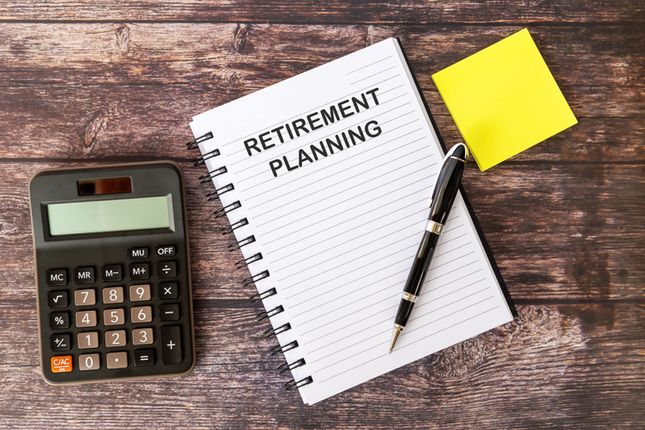"I’m thinking about buying a home in a retirement village, the contract is a leasehold - am I a homeowner for the age pension?"
That’s the question someone asked me a while ago, and it’s a great question. Logically, you know if you own (or are paying off) your home or not. So, when you are looking at downsizing into a retirement community it can come as surprise that even when your contract is a lease or licence arrangement you can still be considered a homeowner.
Why does it matter? because the asset threshold that applies to you when calculating your pension depends on whether or not you are considered to be a homeowner. It can also affect your eligibility to get rent assistance, which can provide up to $185 per fortnight on top of your pension.
When it comes to retirement village contracts most are either a leasehold or a licence arrangement which gives you the right to occupy the home and use the common areas and facilities of the village and there are legislative protections in place that secure your financial interest in the property. Within the contract itself you may find that the amount you pay to the village is described as a payment, a loan or even a donation.
From a pension point of view whether or not you are a classified as a homeowner will be based on the amount you pay. The purchase price is compared to what is known as the extra allowable amount, which is the difference between the homeowner and non-homeowner asset thresholds, currently that amount is $242,000. In most circumstances the amount you pay will be more than this, in which case you are deemed to be a homeowner, so the amount you have paid for your home is an exempt asset and you don’t qualify for rent assistance.
If the amount you pay for your home in the village is equal to or less than $242,000 then the opposite is true, you are considered a non-homeowner, the amount you have paid for your home is included in your assessable assets and you can qualify for rent assistance. Don’t worry, there is no detriment in having your home included in your pension assets as the higher asset threshold for non-homeowners covers the price you have paid.
The Centrelink rules that apply to land lease communities, sometimes called over 55’s or lifestyle villages, are different. That’s because the nature of your contract is different. In a land lease community your contract has two parts: one to buy your home and the other to lease the land on which your home sits. It’s a bit like if your home was a yacht, you have your home and then you pay to moor it. In a land lease community Centrelink will classify you as a homeowner (they don’t compare it to the extra allowable amount) and you can also be eligible for rent assistance based on the “site fees” which is the rent you pay for the land your home sits on and to have access to the community facilities.
Working out whether or not you are a homeowner is the first step in calculating your Age pension, and you can’t simply use the logic of “do I own my home”.
Rachel Lane is the creator of Village Guru, a software program designed to take the financial confusion out of downsizing. Visit their website to find a village that can give you a Village Guru Report or give them a call on 1300 855 770.


